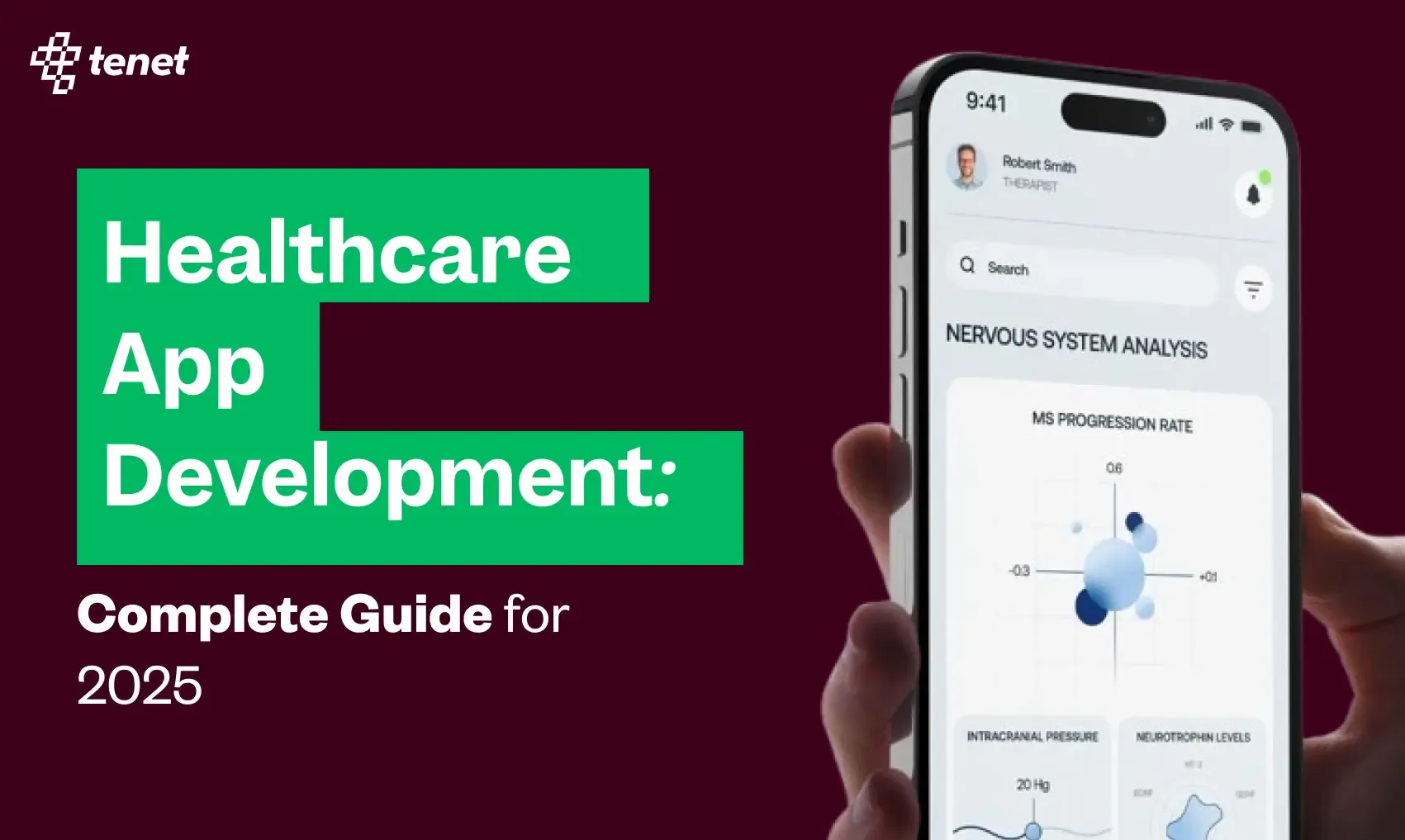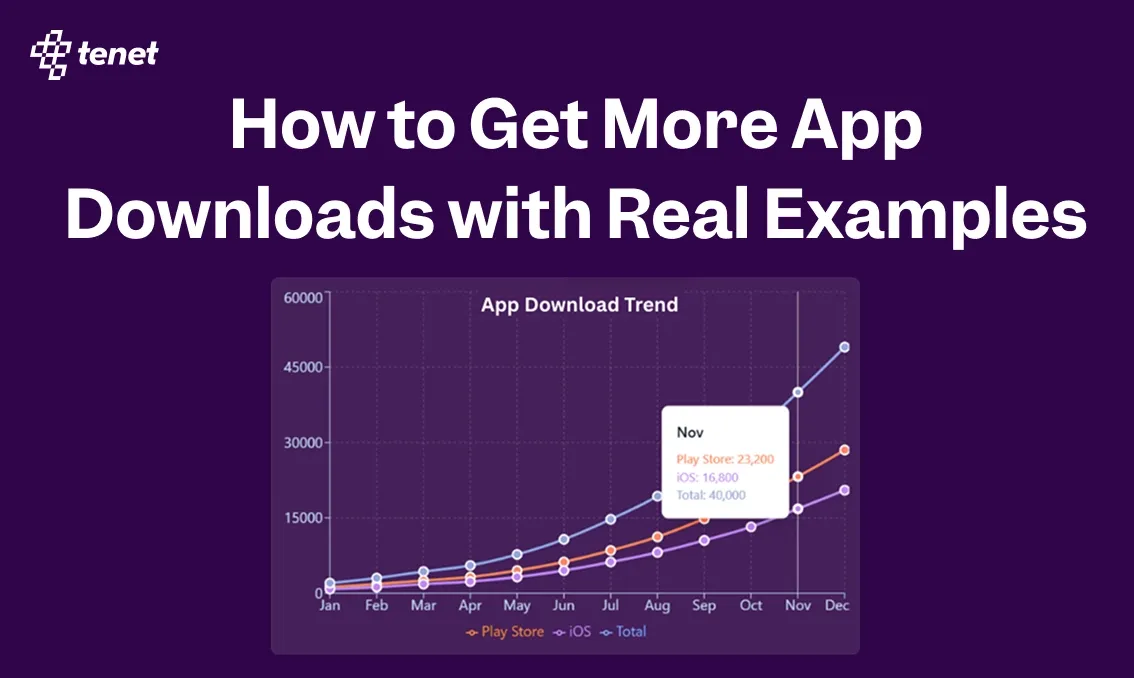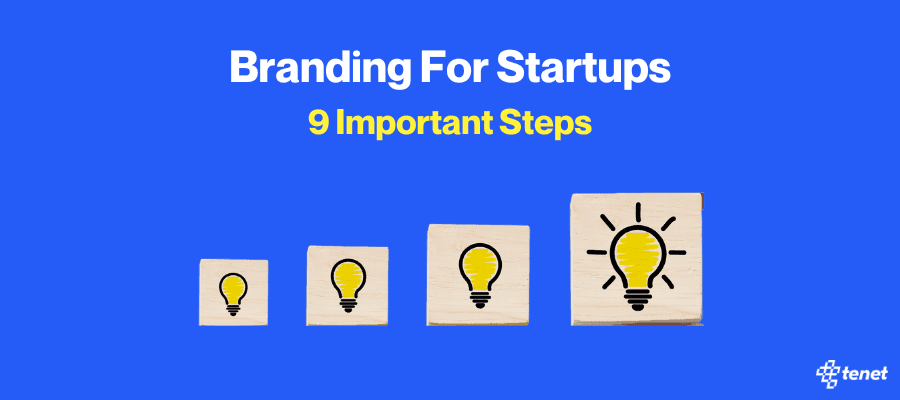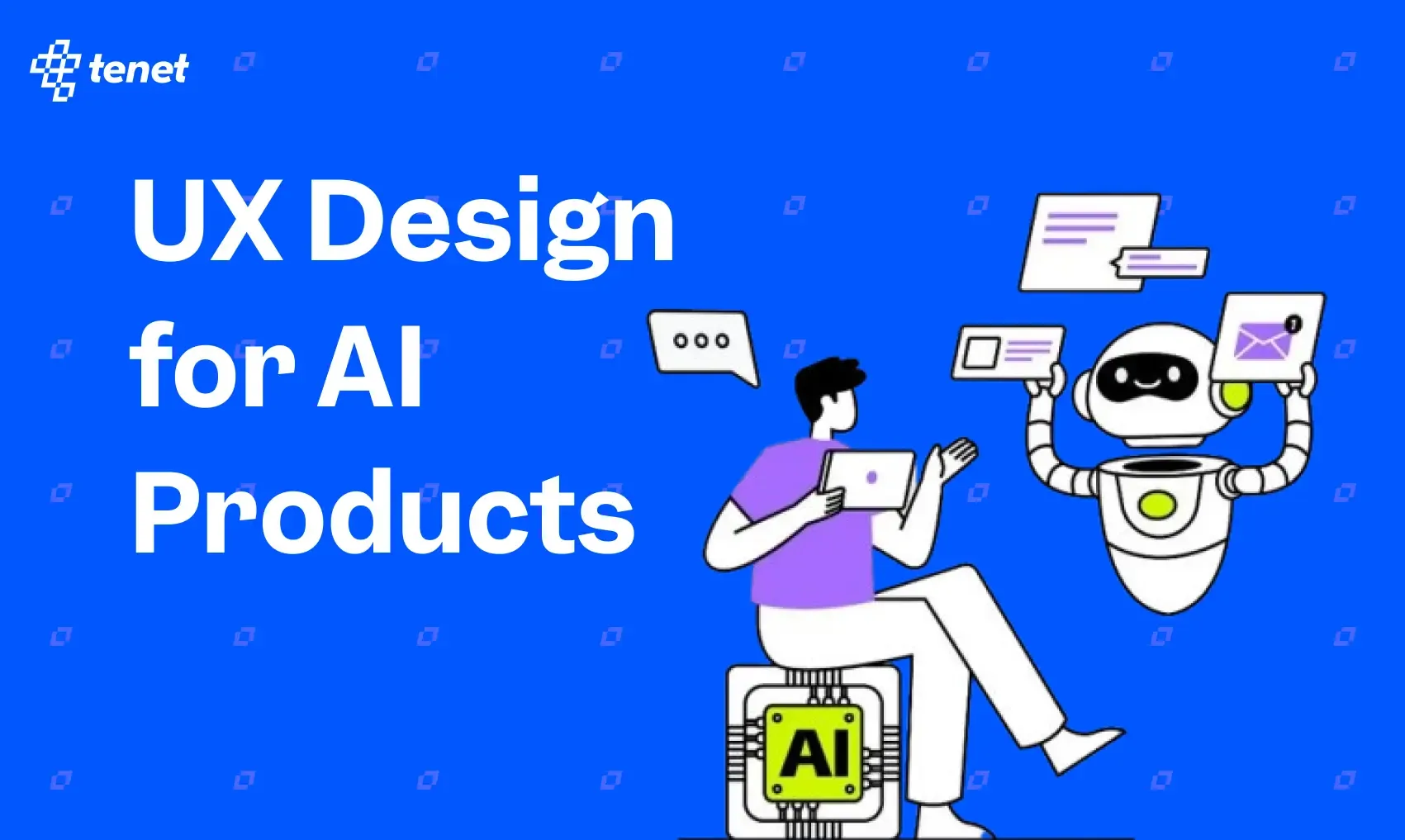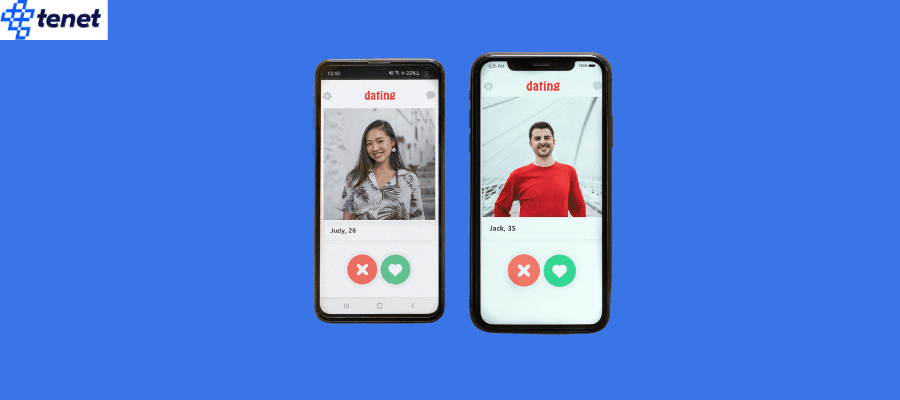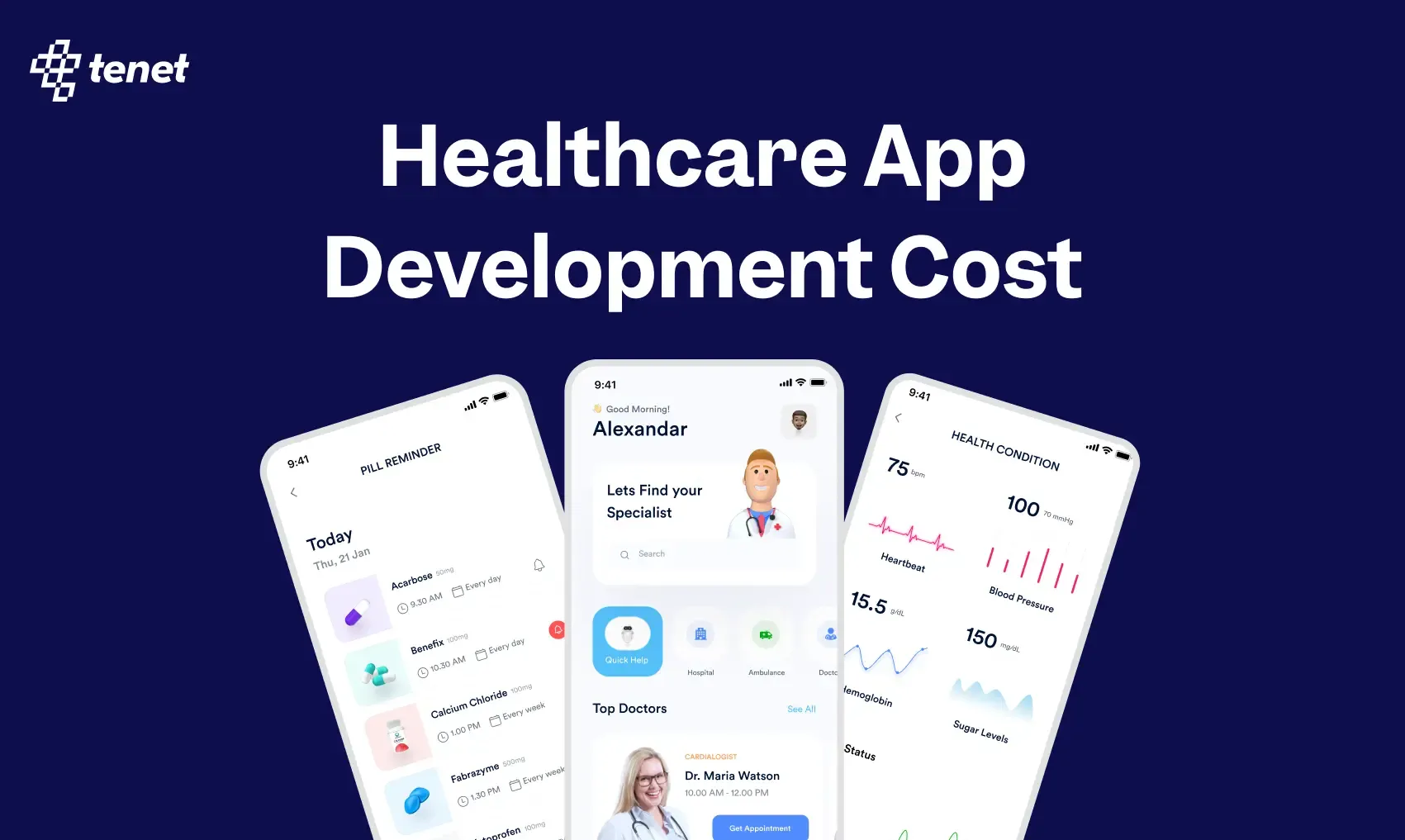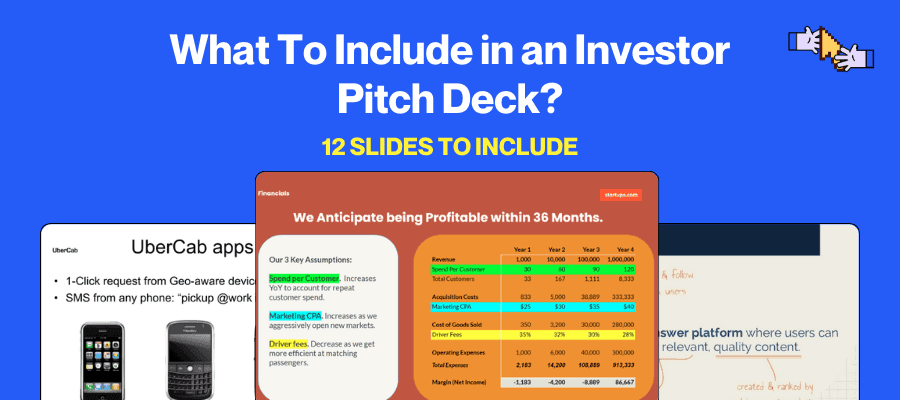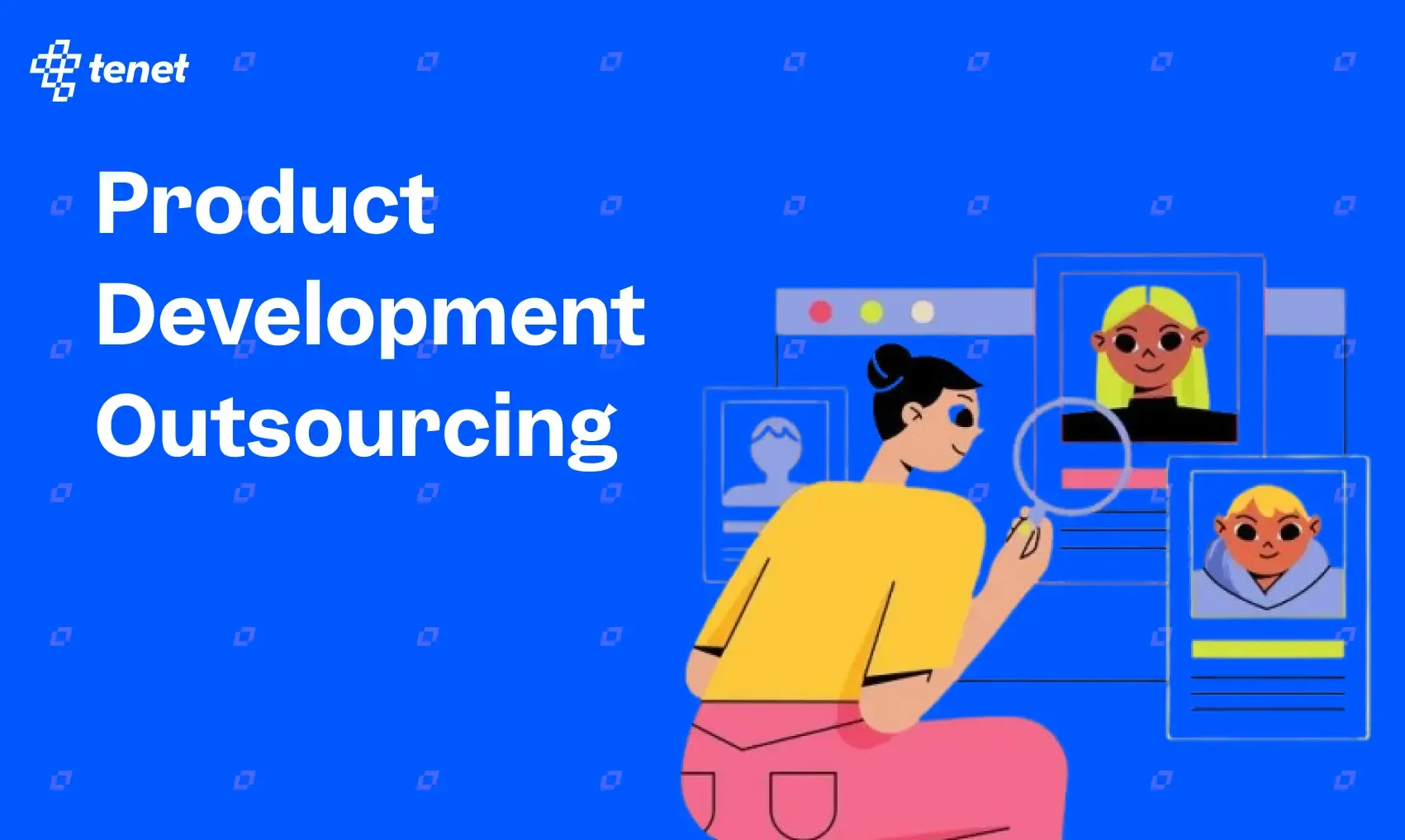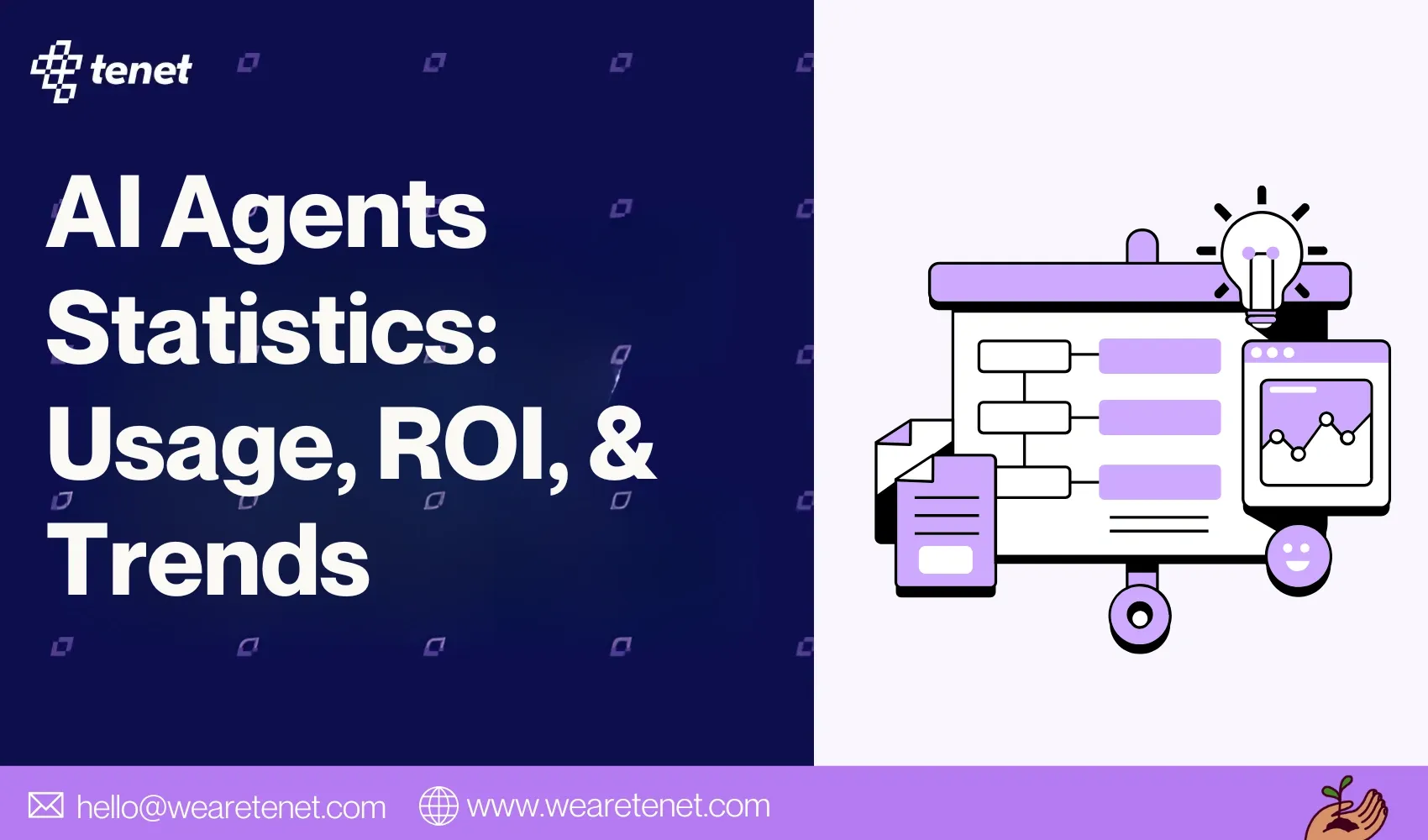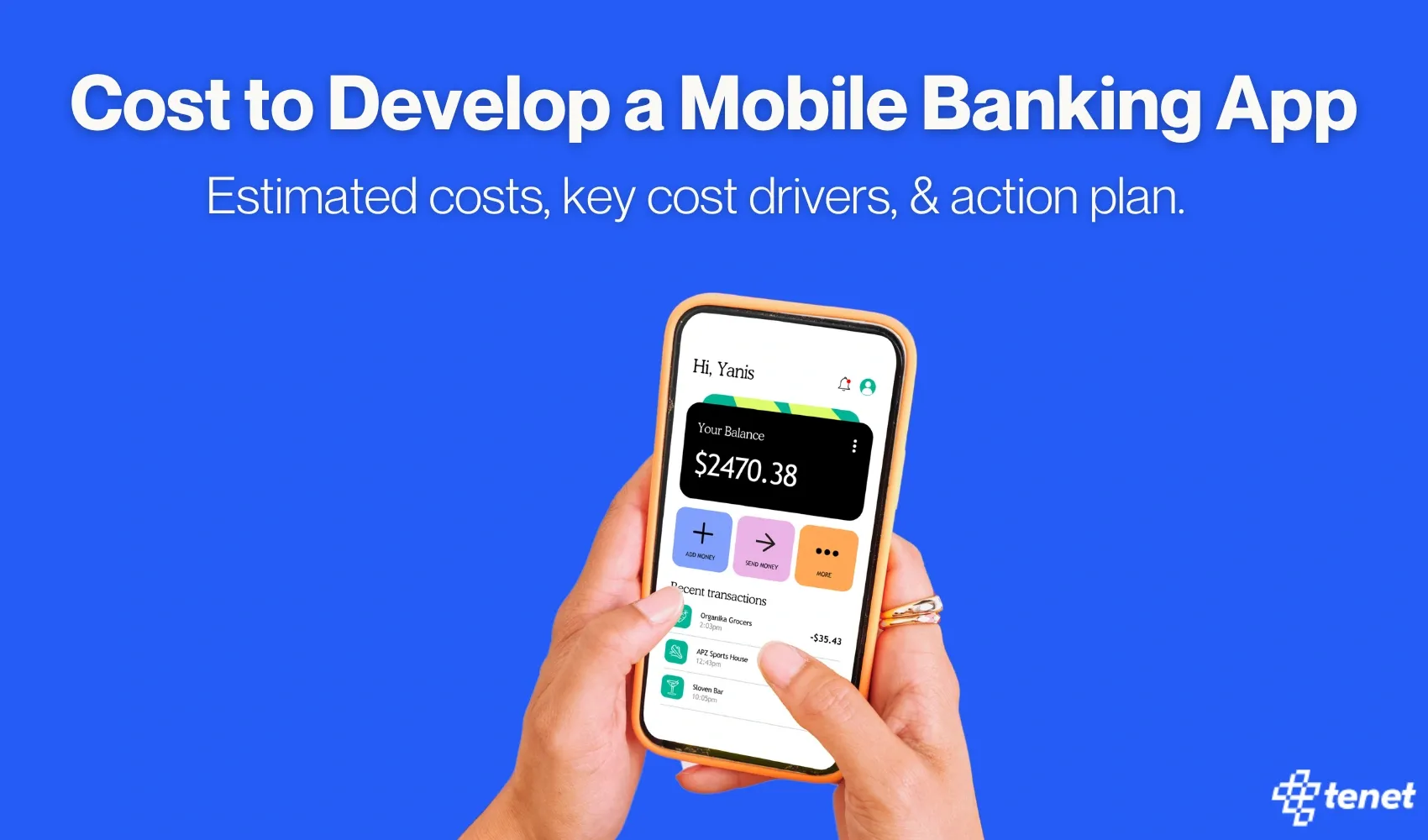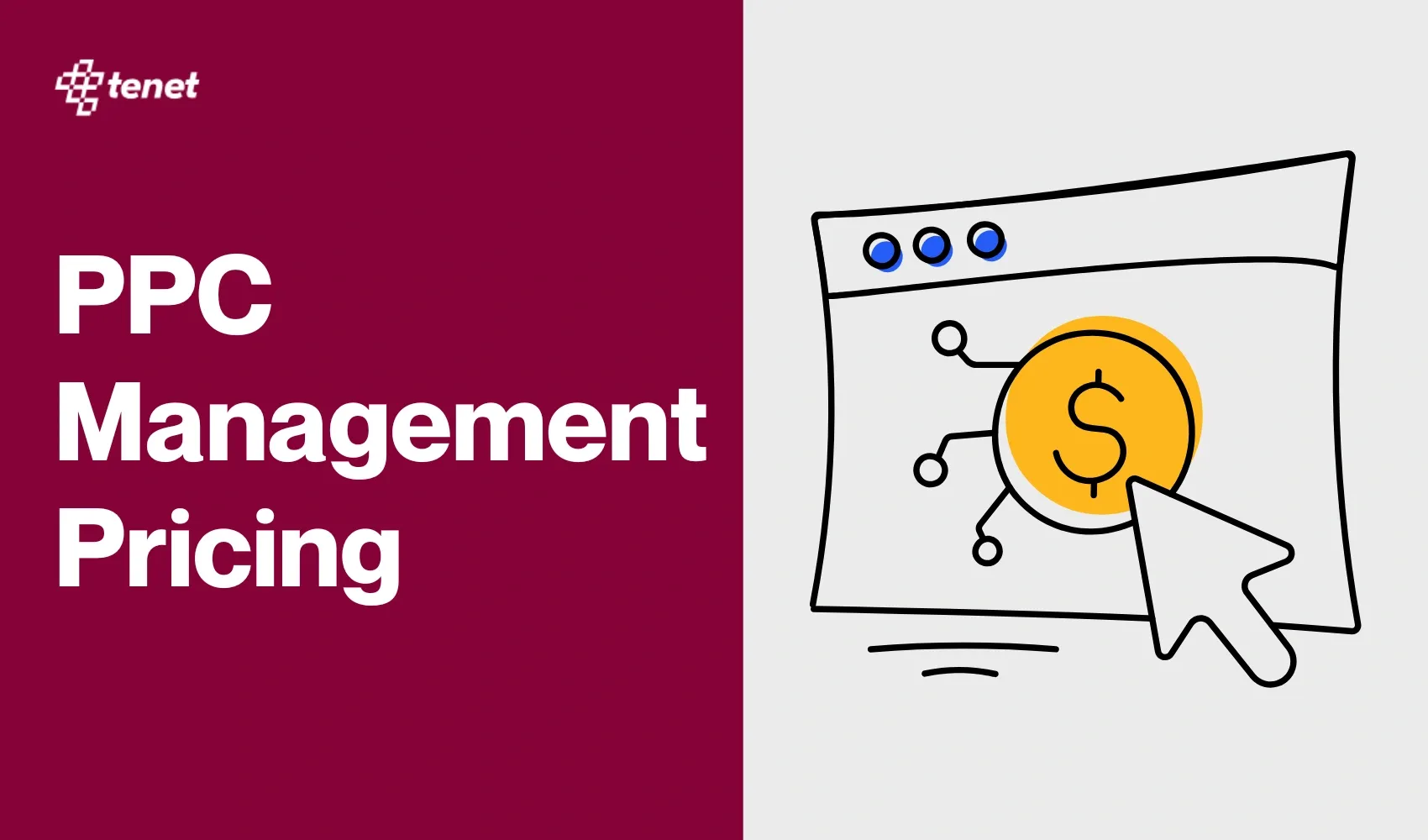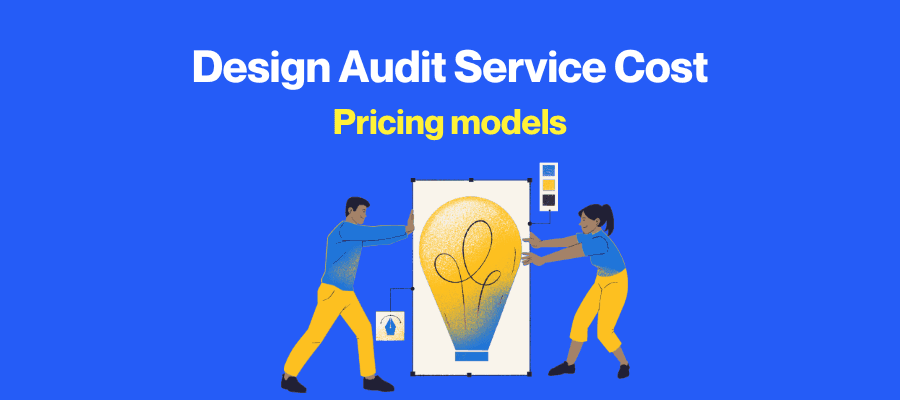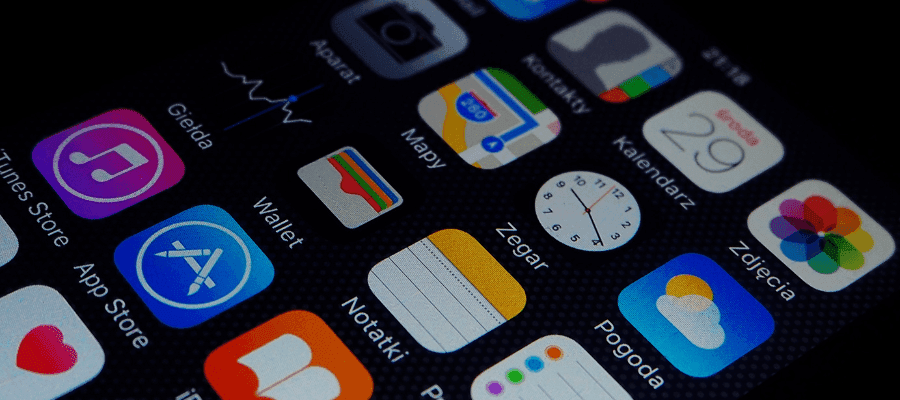How Much Does It Cost To Maintain An App?
Share
Share

Maintaining an app isn’t optional—it’s essential. At Tenet, we don’t just build high-performance mobile apps, we keep them running smoothly.
In this guide, we break down everything you need to know about mobile app maintenance costs, from monthly estimates to regional price comparisons and key factors affecting your budget.
Whether you're running an Android, iOS, or enterprise app, this article helps you plan smarter.
What is app maintenance?
App maintenance is the ongoing process of updating, optimizing, and supporting a mobile or desktop application after its launch. It includes fixing bugs, improving performance, ensuring compatibility with new devices or OS versions, updating features, and maintaining security.
Regular maintenance ensures the app remains stable, secure, and user-friendly, providing a smooth experience for users and fostering long-term business success.
👉 Here’s how Tenet can help you in your mobile app development and maintenance:
- Leading Android App Development Company
- iOS App Development Company
- Leading Cross-Platform App Development Company
What are the activities involved in app maintenance?
1. Bug Fixing
Bugs are small issues in your app that can cause problems, such as buttons not responding or pages crashing. Developers regularly test the app, find these issues, and fix them. This helps the app run smoothly and keeps users happy. Fixing bugs also prevents users from deleting your app due to frustration. It’s one of the most common and important parts of app maintenance.
2. Updating Content
Over time, your app content may need to be updated, such as prices, text, banners, or images. Updating this content keeps the app fresh and useful for your users. For example, during holidays or special sales, businesses might change product photos or headlines. These updates are easy to manage, but they make a significant difference in keeping users interested and engaged.
3. Performance Improvements
Sometimes apps can feel slow, freeze, or take a long time to load. Developers enhance performance by refining code, eliminating bugs, and optimizing the app's background operations. These changes enable the app to run faster, reduce battery consumption, and provide a smoother user experience. Better performance keeps users from leaving or leaving bad reviews.
4. Compatibility Updates
Phones and operating systems (like Android or iOS) get updated regularly. When that happens, your app needs to be updated too, or it may stop working correctly. Compatibility updates make sure your app works on the latest devices and software versions. This is crucial for maintaining your app's availability and error-free operation for all users.
5. Security Patches
To protect user data and privacy, apps need strong security. Developers address weak spots, update software libraries, and mitigate potential threats by applying security patches. This helps prevent hacking, data theft, or app misuse. It’s especially important for apps that handle payments or personal information, such as names, emails, and addresses.
6. Adding New Features
User needs and technology keep changing. Therefore, apps often add new features to remain useful and enjoyable. This could be something simple, like dark mode, or something big, such as adding payment options. Adding features keeps users coming back and makes your app stand out in a crowded market.
7. Server and Database Maintenance
Many apps store data on servers, like user profiles or messages. These servers require regular check-ups to remain fast and secure. Developers update software, fix server errors, and manage backups. If the backend is not properly maintained, the app may crash or lose data, especially during periods of heavy traffic.
8. Crash Monitoring and Analytics
Crash monitoring tools help developers track when and why their app stops working. Analytics tools also show how users interact with the app. This data helps developers identify and fix problems quickly, as well as enhance features. Using these tools regularly helps keep the app running smoothly and makes it easier to implement smart updates.
8. App Store Compliance
Apple and Google have rules that apps must follow to stay listed in their stores. Developers check for changes in these rules and update the app accordingly, like adding privacy notices or adjusting file sizes. Keeping up with these changes prevents your app from being removed or rejected by the app store.
9. User Support and Feedback Handling
When users encounter issues or provide suggestions, they expect prompt assistance. Developers and support teams read reviews, answer questions, and fix common complaints. Acting on user feedback not only improves the app but also shows that you care.
This builds trust and encourages more people to use your app.
What are the key factors that affect app maintenance costs?
1. App Complexity
The more features your app has, like real-time chat, GPS, or custom animations, the more code there is to maintain. Complex features often lead to more bugs, longer testing times, and regular updates. These all add to ongoing maintenance.
Effect on cost: Increases the overall cost due to the need for more time and resources to manage and test everything.
2. Platforms and Devices Supported
If your app runs on both Android and iOS, or supports many screen sizes and device types, maintenance becomes more time-consuming. Each platform may have separate bugs or OS-specific updates.
Effect on cost: Raises cost because developers must test and fix issues across multiple devices and operating systems.
3. Third-Party Integrations
Apps that utilize external tools, such as payment gateways, maps, or analytics, must be updated when those services change. Failing to do so can cause features to break or introduce security issues.
Effect on cost: Increases cost due to the requirement for frequent compatibility updates and testing.
4. Number of Users
A large or growing user base generates more data, more feedback, and an increased number of unexpected bugs. You’ll also need better support systems and infrastructure to handle increased traffic.
Effect on cost: This increases costs as you require more robust backend systems and active customer support.
5. Backend Infrastructure
Applications that rely on complex backends, APIs, or databases require continuous monitoring and optimization. Hosting fees, cloud usage, and server maintenance also grow with usage.
Effect on cost: Costs increase with higher infrastructure load and increased developer effort for backend maintenance.
6. OS and App Store Updates
Both iOS and Android release frequent OS updates. Your app must remain compatible with the latest versions and comply with new app store policies to avoid being removed from the store.
Effect on cost: Adds recurring cost for version testing and compliance updates.
7. Security and Compliance
Apps handling sensitive data must adhere to strict rules, such as the GDPR or HIPAA. This requires regular audits, secure coding practices, and timely security patches.
Effect on cost: Significantly increases cost due to legal compliance and high-risk security demands.
8. Bug Fixes and Support
All apps have bugs. Users expect fast responses and working fixes. Having a dedicated team or support system ensures a better experience, but adds to operational costs.
Effect on cost: Regular support and updates keep users happy but come at a consistent monthly cost.
9. Analytics and Monitoring
Crash reports, usage data, and behavior tracking tools, such as Firebase or Sentry, help improve app performance and reliability. However, they require setup, maintenance, and sometimes subscription fees.
Effect on cost: Slight increase in cost, but it helps reduce future issues by catching problems early.
10. Design and Branding Updates
Design trends change, and so does your brand. Updating the app’s look or user flow typically involves designers and developers, especially after a rebranding or the launch of new features.
Effect on cost: Causes occasional spikes in maintenance costs when design changes are implemented.
Mobile app maintenance cost by regions
Why Mobile App Maintenance Costs Differ by Region
App maintenance costs vary due to differences in developer wages, tax laws, infrastructure costs, and service models.
For example, the U.S. has higher labor and compliance costs, while countries like India offer affordable, skilled talent. Currency exchange rates and local tech ecosystems also influence pricing.
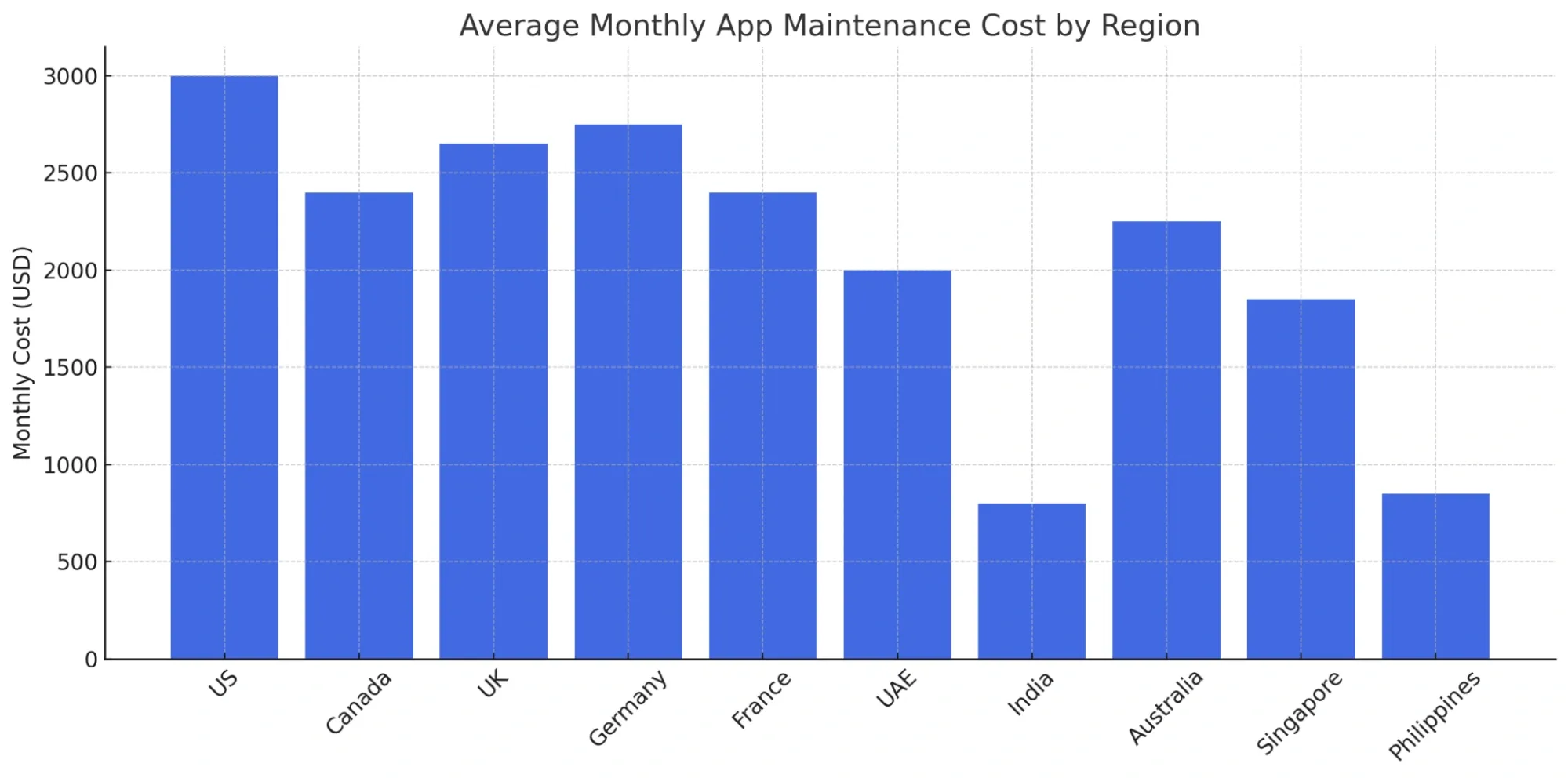
- Labor Costs: Developer salaries vary widely. The US, UK, and Australia have higher labor costs compared to India or the UAE.
- Infrastructure & Taxes: Hosting, tools, and regulatory compliance costs differ. For example, GDPR in the EU may increase security compliance costs in Germany and France.
- Service Models: Some regions offer fixed-cost retainers, while others prefer hourly billing, affecting how maintenance is priced.
- Talent Specialization: Countries like India and the UAE offer a high availability of offshore talent, often with 24/7 support, which can help reduce overall costs.
- Currency Exchange & Purchasing Power: What seems affordable in India might be expensive in the US due to purchasing power parity.
- Tech Ecosystem Maturity: More mature ecosystems (like the US and UK) often demand higher maintenance due to integration with multiple tools, services, and APIs.
The average cost of maintaining an app is roughly 15-20% of its original development cost.
How much does it cost to maintain an Android app?
Maintaining an Android app typically costs between $250 and $1,000 per month, depending on the app's complexity, the number of active users, backend integrations, and device support requirements. Annually, the maintenance cost accounts for approximately 15–25% of the original development cost.
Android App Maintenance Cost Table
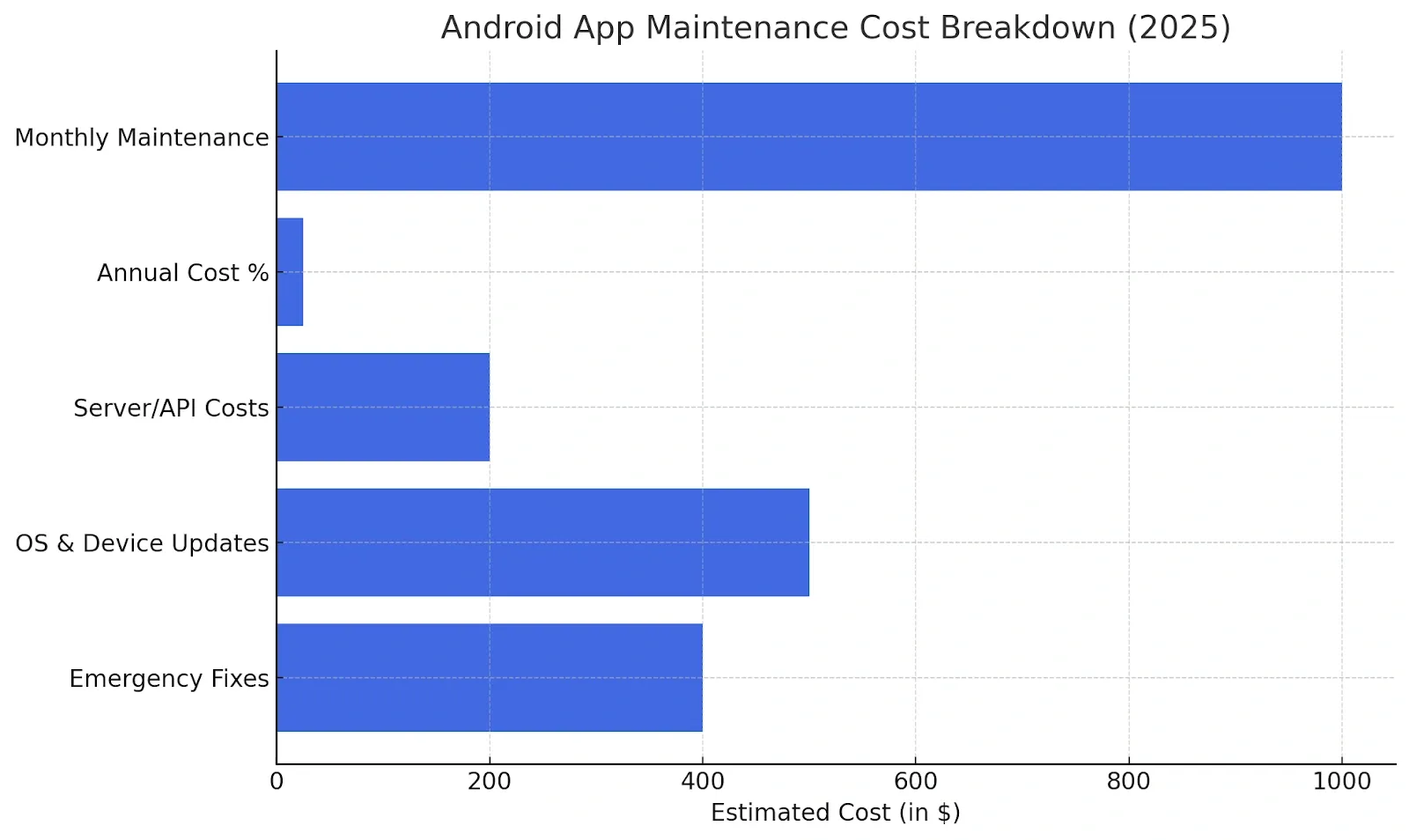
How much does it cost to maintain an iOS app?
iOS app maintenance costs between $300 and $1,200 per month. This includes OS upgrades, App Store compliance, crash monitoring, and device compatibility. You can expect 15–25% of the total build cost annually.
iOS App Maintenance Cost Table
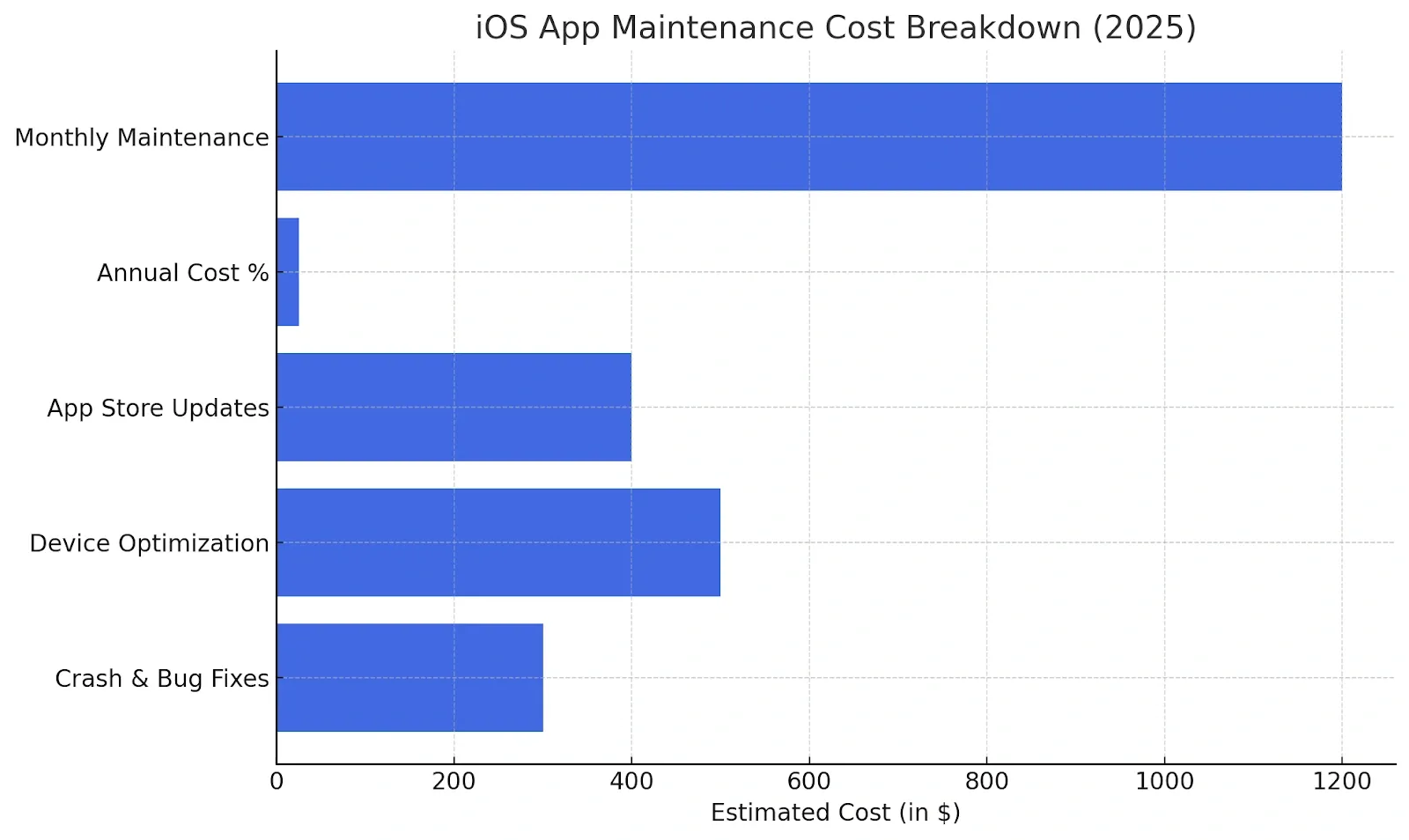
How much does it cost to maintain a mobile app?
For cross-platform mobile apps (Android and iOS), monthly maintenance costs range from $500 to $5,000, depending on the complexity. Annual costs are roughly 15–25% of the total development cost. To maintain a cross-platform app, you may spend $15,000-$20,000.
Mobile App Maintenance Cost Table
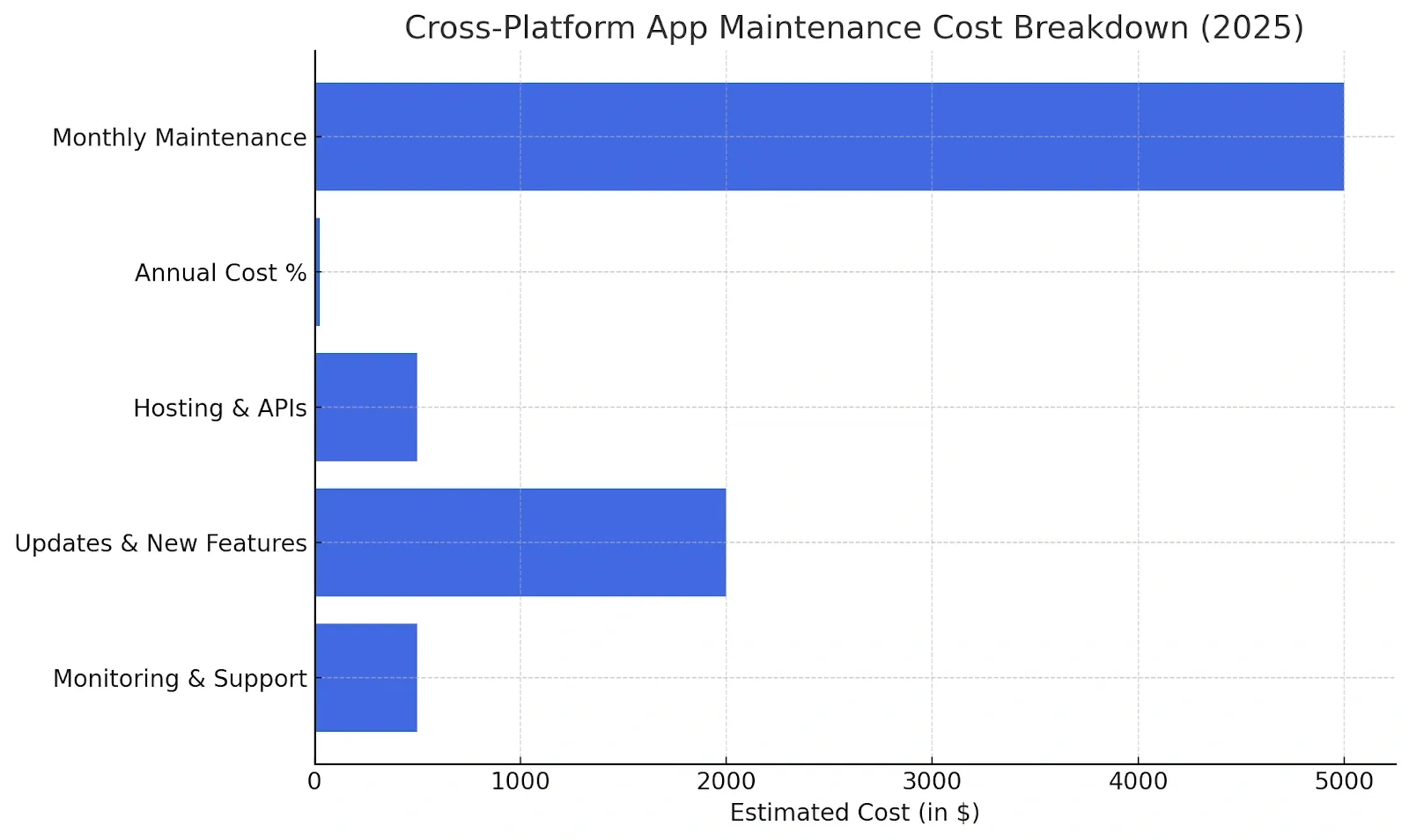
How much does it cost to maintain a desktop app?
Desktop app maintenance typically ranges from $500 to $2,500 per month. This includes updates for Windows, macOS, and Linux, as well as performance tuning and technical support. The annual cost is around 10–20% of the build cost.
Desktop App Maintenance Cost Table
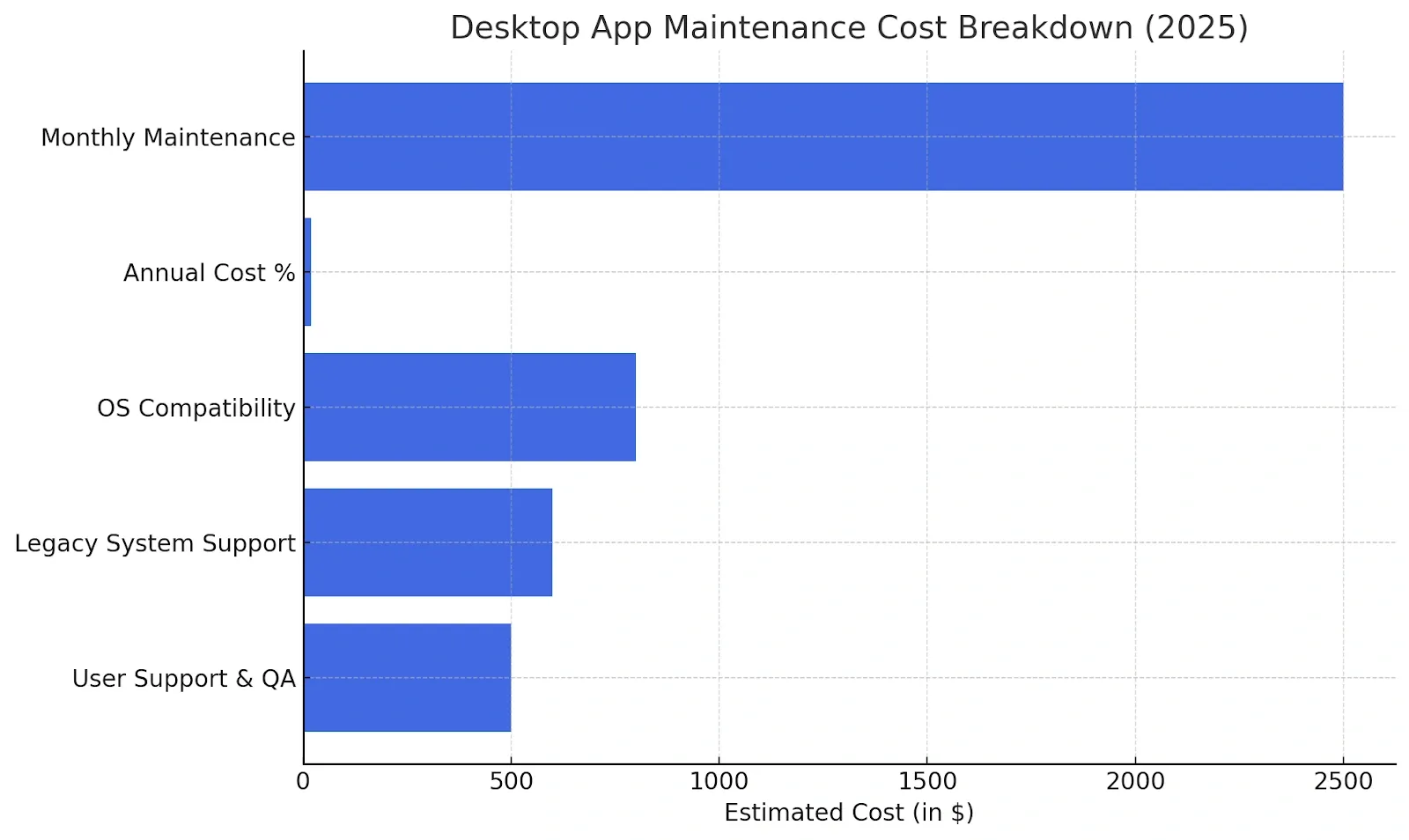
👉 Further resources
- How much does iOS App Development Cost?
- App development cost in the UK
- UI/UX Design Principles For Mobile Apps
- How Much Does It Cost To Build an Educational App?
Why top global brands hire Tenet for mobile app development and maintenance
At Tenet, we deliver fast, secure, and scalable mobile apps that power growth. With over 450 solutions delivered, 20 million+ users impacted, and a 98% client satisfaction rate, global brands trust us for end-to-end app development and ongoing maintenance.
From mobile app development and launch to long-term performance, we ensure your app evolves with your business.
Need experts to build and maintain your mobile app? Get a free quote now.
FAQs
What is included in app maintenance?
App maintenance includes bug fixes, performance improvements, content updates, compatibility with new OS versions, security patches, and user support. It may also involve adding new features, optimizing backend systems, and ensuring your app follows app store guidelines. The goal is to keep your app running smoothly and securely.
Is app maintenance a one-time cost?
No, app maintenance is a recurring cost. It includes monthly or annual updates, bug fixes, server costs, and security patches. Skipping maintenance can lead to crashes, poor reviews, or even removal from app stores.
How often should you update your mobile app?
You should update your app every 2 to 4 weeks. Regular updates help fix bugs, improve performance, add new features, and keep your app compliant with the latest OS versions and app store policies.
How much does it cost to maintain a mobile app?
Mobile app maintenance costs typically range from $500 to $5,000 per month, depending on complexity, platforms (iOS and Android), user base, and backend infrastructure. On average, it costs 15–25% of the app’s development cost per year.
Why is app maintenance important?
Yes, app maintenance is important. Without regular maintenance, apps can become unstable, slow down, or become outdated. Maintenance ensures your app works seamlessly on new devices, remains secure, and delivers a consistent user experience. It also helps retain users, prevent bad reviews, and protect your investment over time.
How often should you update your app?
You should update apps every 2 to 4 weeks. Minor updates fix bugs or improve performance, while major updates may add new features or redesign interfaces. Frequent updates help keep your app secure, compatible, and engaging for users.
Is app maintenance a one-time or recurring cost?
App maintenance is a recurring cost. For example, any software or mobile app requires ongoing support to remain functional and relevant, resulting in recurring costs. Regular updates, security fixes, and performance optimizations are essential to ensure your app continues to deliver value.
Learn how we can help you maintain your mobile app
Learn how we can help you maintain your mobile app

Got an idea on your mind?
We’d love to hear about your brand, your visions, current challenges, even if you’re not sure what your next step is.
Let’s talk
